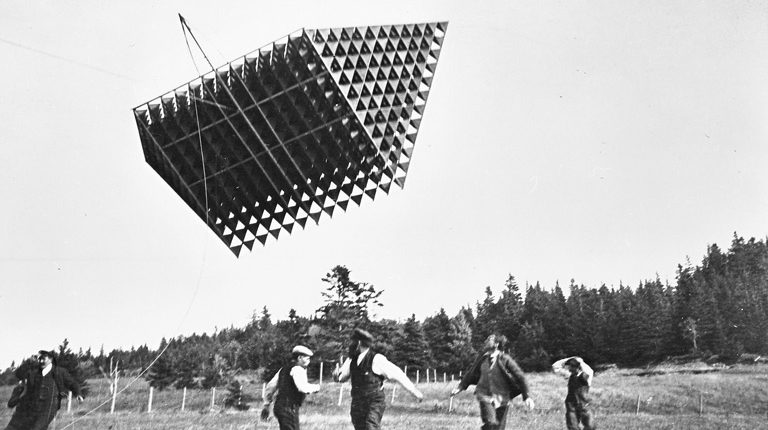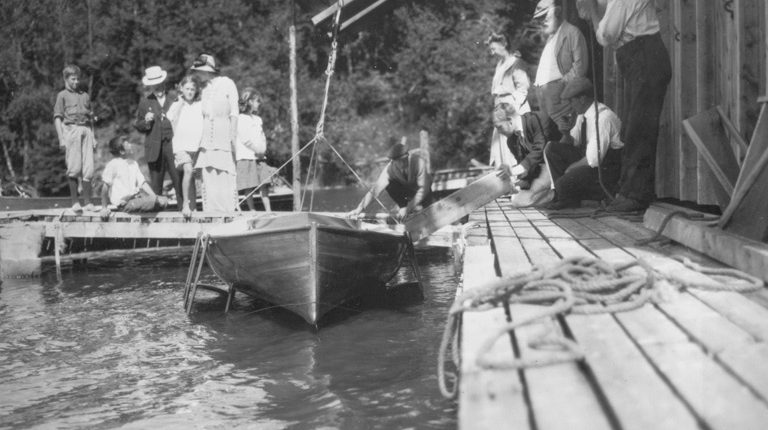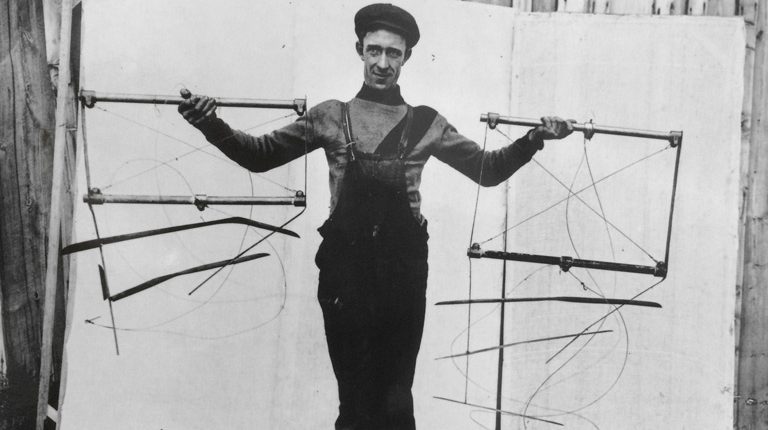About Alexander Graham Bell
Inspiration – Innovation – Visionary
When we hear the name Alexander Graham Bell, many of us think – “the man who invented the telephone;” “the man behind the Bell Telephone Company.” And most of us likely think of Alexander as an American or a Scot or perhaps a Brit. In fact he was born in Scotland on March 3, 1847 and spent time in the US, but it was Canada where his heart and mind soared.
Alexander was many things: an inventor, an innovator, a visionary. And much of what he accomplished, he did so in Canada – in a beautiful rural location found in Baddeck, Nova Scotia, Canada. He spent most of the last thirty years of his life in Baddeck at his estate and research campus called Beinn Bhreagh. He and his wife Mabel rest peacefully there to this day.
It was the death of Alexander’s two brothers from tuberculosis that led his father to discover a healthier environment for his family. In July, 1870, the family settled in Brantford, Ontario, Canada. There, Alexander set up a workshop to continue his study of the human voice and from there, he discovered his beloved Baddeck in Nova Scotia. The site was to become his home for the rest of his life.










